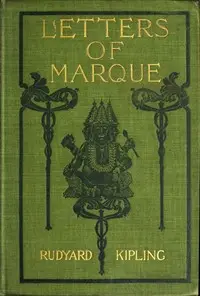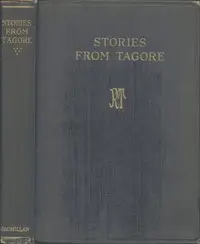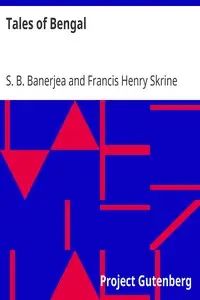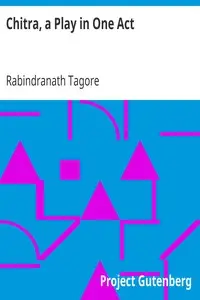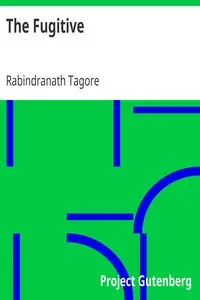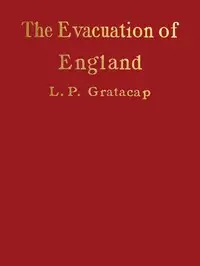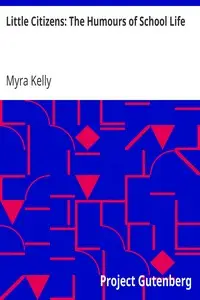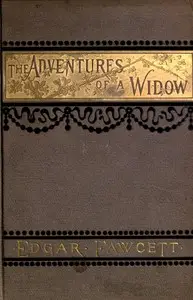"Glimpses of Bengal" by Rabindranath Tagore is a compilation of personal letters from 1885 to 1895 that showcases the beauty and intricate details of Bengal's landscapes, society, and culture, as viewed through the eyes of the poet. Tagore's letters give a personal look into his thoughts and feelings about Bengal, describing both the loveliness and difficulties experienced by the people living there. The letters focus on his connection to nature, his reflections on getting older, and his descriptions of daily life in Bengal, painting pictures with words from the colorful villages to the quiet rivers. He writes about his youth and coming close to the age of thirty, and reflects upon the impact of the environment around him. These letters capture both Tagore’s inner feelings and important historical and cultural aspects of Bengal.
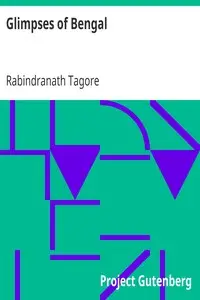
Glimpses of Bengal Selected from the letters of Sir Rabindranath Tagore, 1885 to 1895
By Rabindranath Tagore
Experience late 19th-century Bengal through the heartfelt letters of a poet, revealing its stunning scenery and the everyday lives of its people.
Summary
About the AuthorRabindranath Tagore was a Bengali poet, writer, playwright, composer, philosopher, social reformer, and painter of the Bengal Renaissance. He reshaped Bengali literature and music as well as Indian art with Contextual Modernism in the late 19th and early 20th centuries. Author of the "profoundly sensitive, fresh and beautiful" poetry of Gitanjali, in 1913 Tagore became the first non-European and the first lyricist to win the Nobel Prize in Literature. Tagore's poetic songs were viewed as spiritual and mercurial; where his elegant prose and magical poetry were widely popular in the Indian subcontinent. He was a fellow of the Royal Asiatic Society. Referred to as "the Bard of Bengal", Tagore was known by the sobriquets Gurudeb, Kobiguru, and Biswokobi.
Rabindranath Tagore was a Bengali poet, writer, playwright, composer, philosopher, social reformer, and painter of the Bengal Renaissance. He reshaped Bengali literature and music as well as Indian art with Contextual Modernism in the late 19th and early 20th centuries. Author of the "profoundly sensitive, fresh and beautiful" poetry of Gitanjali, in 1913 Tagore became the first non-European and the first lyricist to win the Nobel Prize in Literature. Tagore's poetic songs were viewed as spiritual and mercurial; where his elegant prose and magical poetry were widely popular in the Indian subcontinent. He was a fellow of the Royal Asiatic Society. Referred to as "the Bard of Bengal", Tagore was known by the sobriquets Gurudeb, Kobiguru, and Biswokobi.

